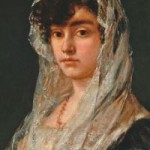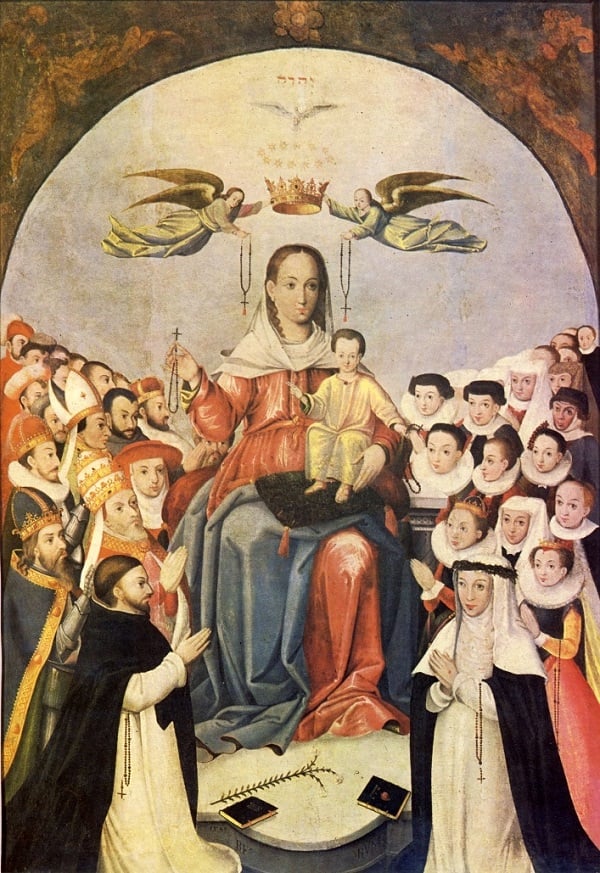 In 1947, modernist painter Marc Chagall painted a picture called Self-Portrait with a Clock.
In 1947, modernist painter Marc Chagall painted a picture called Self-Portrait with a Clock.
In it, the clock is centered at the top of the painting, like a blue bird in flight. The spread of its wings is reminiscent of the dove in Renaissance paintings of the Blessed Virgin. The hands are nearing three o’clock—the foreboding time of Christ’s death upon the cross.
Beneath the clock the artist leans, his cheek resting on the head of a donkey. Is this the sad-eyed donkey the one which once carried the Savior on his back?
And on the right, the reason for their sadness: Both the artist and the donkey have paused before a painting of the Crucifixion.
Chagall, who is Jewish, had painted Jesus with a tallit, a Jewish prayer shawl, wrapped around His loins.
* * * * *
And who was Jesus in the mind of this great artist?
Chagall returned to the Crucifixion and religious imagery again and again in his work. Beginning with his first sketch in 1908, Chagall painted the Crucifixion dozens of times.
In 1944, Chagall said,
“For me Christ is a great poet, the master whose poetry is already forgotten by the modern world.”
In 1977, he focused on Christ’s martyrdom, but still from a Jewish perspective:
“For me Christ has always symbolized the typical Jewish martyr. This is how I understood it in 1908, when I used the image for the first time… I was influenced by the pogroms. Therefore I portrayed him in representations of the ghettoes, surrounded by Jewish torments, by Jewish mothers fleeing in terror, clasping their infants in their arms.”

That idea–of Christ’s death on the cross as representative of Nazi persecution of the Jews–is a recurrent theme in the artist’s work. In Apocalypse en Lilas (Capriccio), a gouache painted in 1945-47 which hangs in the Ben Uri art museum in Israel, the crucified Jesus is naked except for his Tefillin, a set of small black leather boxes containing scrolls of parchment inscribed with verses from the Torah, which are worn by observant Jews during weekday morning prayers.
Beneath the cross, a Nazi storm trooper with a tail and swastika armband tries to move the ladder from the cross–perhaps, it’s believed, preventing people from climbing upward toward heaven. Around him, figures thought to be concentration camp victims writhe in terror and pain.
* * * * *
 The Times of Israel reported that Pope Francis, in a September 2013 interview with Jesuit Fr. Antonio Spadaro, revealed that although he is drawn to the evocative paintings of Renaissance artist Caravaggio, he especially likes Chagall’s White Crucifixion. That work, which was completed in 1938, is a response to the persecution of the Jews by the Nazis. It shows Jesus as a Jew, wrapped in a prayer shawl, crucified against a background of anti-Jewish violence including the torching of a synagogue. The White Crucifixion is on display at the Art Institute of Chicago.
The Times of Israel reported that Pope Francis, in a September 2013 interview with Jesuit Fr. Antonio Spadaro, revealed that although he is drawn to the evocative paintings of Renaissance artist Caravaggio, he especially likes Chagall’s White Crucifixion. That work, which was completed in 1938, is a response to the persecution of the Jews by the Nazis. It shows Jesus as a Jew, wrapped in a prayer shawl, crucified against a background of anti-Jewish violence including the torching of a synagogue. The White Crucifixion is on display at the Art Institute of Chicago.










